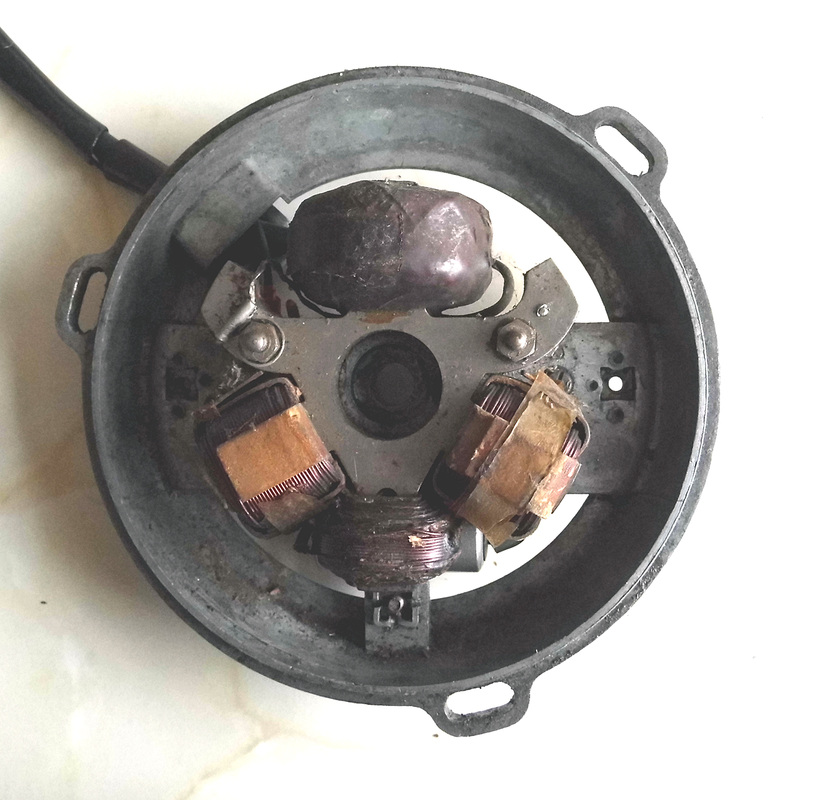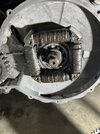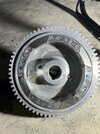I understand how normal ET ignition works ie "The ET system keeps the primary side grounded until the points open, and then the voltage flows through the primary coil, exciting the secondary coil to produce a spark". Most ET systems have a dedicated primary ignition coil but the Firefly doesn't. If the output is grounded at the points how do the lights work? Does the Firefly work like a conventional battery coil relying on the timing of the alternator pulses and the spark occurring when the primary field collapses?
I've been running my Firefly with a Lucas 6v coil and battery as the original coil has died but I’d like to make it original and also take it on long rides. Does anyone know the original specifications so that I can wind a new coil?
Cheers Bill
I've been running my Firefly with a Lucas 6v coil and battery as the original coil has died but I’d like to make it original and also take it on long rides. Does anyone know the original specifications so that I can wind a new coil?
Cheers Bill



